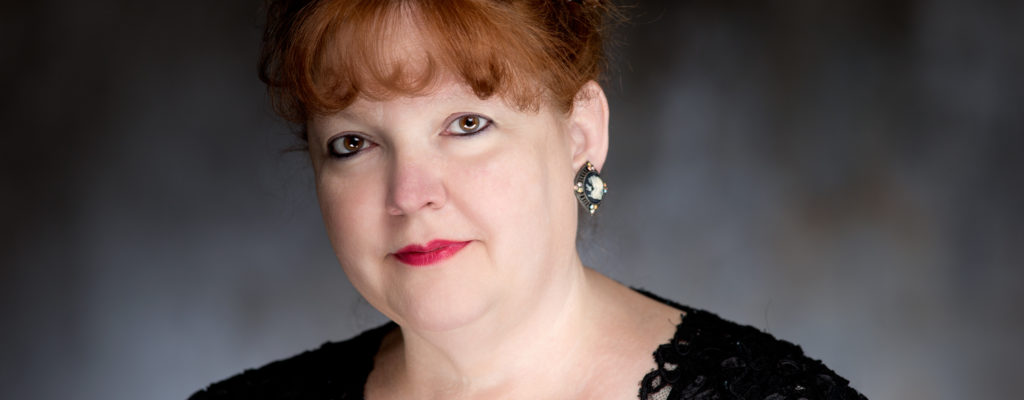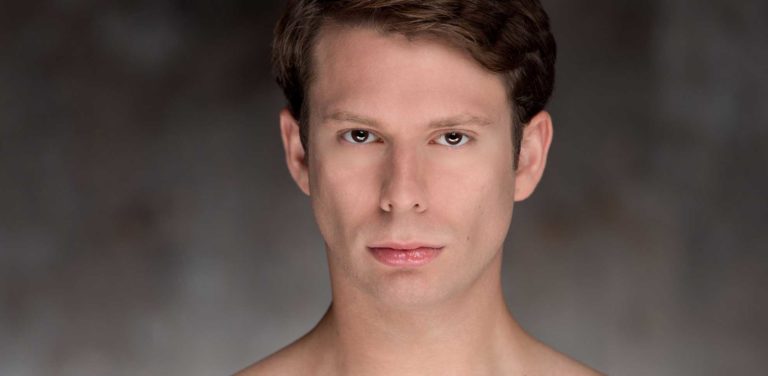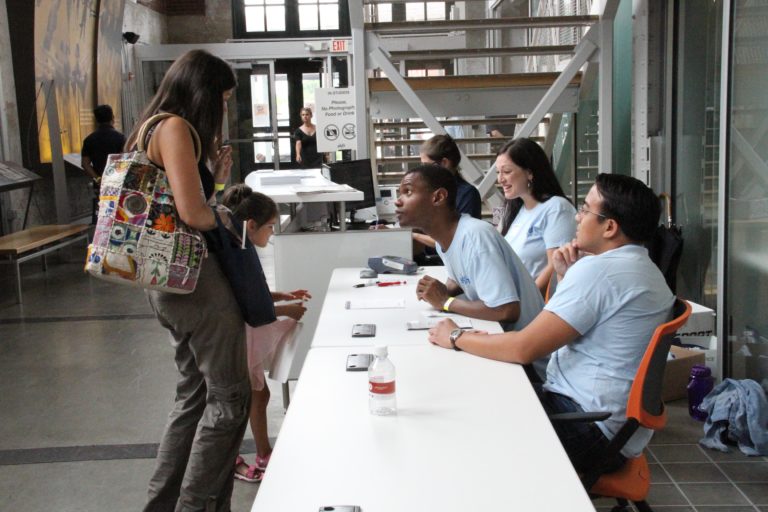We spent a few minutes talking about the music for our upcoming program with Kansas City Ballet’s Music Director Ramona Pansegrau. With four ballets on the program, the music is pretty diverse as are the challenges surrounding it. Here’s just a bit of what she had to say about each:
Diving into the Lilacs
The music is by Boris Tchaikovsky—no relation to Peter— and it’s called Sinfonietta for String Orchestra. It’s lovely writing – very melodic and oddly enough very reminiscent of what Peter Tchaikovsky would have done. There are interesting sound effects like ricochet and mixed meter.
Petal
The music is by Thomas Newman from the film score “Little Children”, and it also contains the music of Philip Glass for the finale. Because of the musical requirements, this performance is to recording.
Vesna
The music is the Largo from Dvořák’s New World Symphony, which was composed in Spillville, Iowa, when Dvořák spent the summer there in 1853. He was inspired by the rolling hills and it reminded him of home. Every 10 years Spillville hosts a Dvořák Festival and the whole town is swarming with musicians from all over the world. I’ve gone the last three times and performed there 20 years ago. I love this music! I’m delighted to be able to conduct it.
Rite of Spring
This music was written for an enormous orchestra—due to the size of the orchestra pit, we perform it with less players. We are using the only smaller reduction that has been approved by the Stravinsky estate. It was created in Boston Ballet when I was there, so I’m intimating familiar with it.
It’s incredibly difficult and usually a symphony has several rehearsals together to iron it out—we have two and even in those we’ll also be rehearsing other works. Because of that, I started preparing 18 months ago when the Symphony performed this work on their own program. I watched the first two rehearsals of Michael Stern conducting, so I could try and replicate what the musicians were used to for our performances.
Conducting the music alone without the dancers is an incredible undertaking but we are also adding the dancers and the staging —a whole other animal. So I’m spending time in studio with dancers to learn their choreographic needs and then I’ll have to marry the two together. Incredibly exciting!




